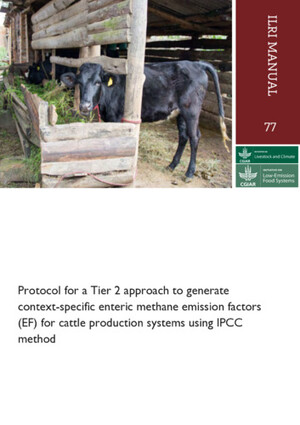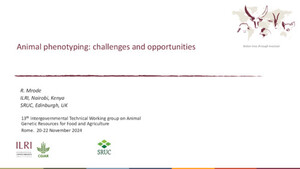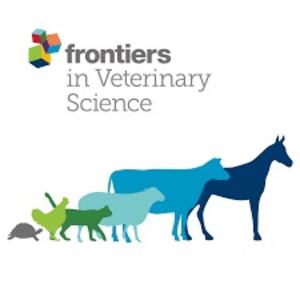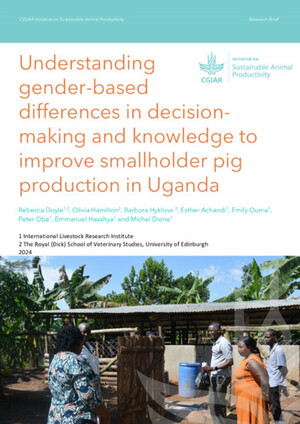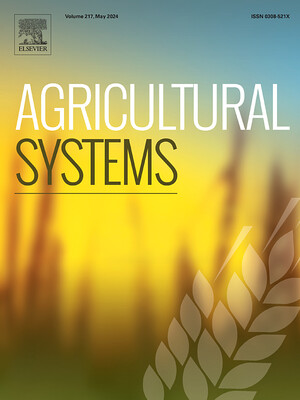
Milk quality along dairy farming systems and associated value chains in Kenya: An analysis of composition, contamination and adulteration
Abstract
Poor milk safety constitutes a persistent public health risk in Kenya. Poor milk composition, microbial contamination and adulteration is a constraint to dairy sector development. We hypothesise that variation in milk quality and safety depends on variation between farming systems. We argue that this variation between farming systems is associated with spatial location which affects the agro-ecological conditions and the availability of labour and land. We used a spatial framework based on the distance to urban markets to distinguish the following farming systems: relatively intensive dairy systems in urban locations (UL), semi-intensive dairy systems in mid-rural locations (MRL) and extensive dairy systems in extreme rural locations (ERL). We aimed to investigate the variation in the quality of raw milk in these dairy farming systems and associated value chains in central Kenya. For this reason, we combined several methods such as participatory rural appraisal, participant observation, and milk physicochemical and microbiological analyses to collect data. Milk samples were collected at the informal and informal value chain nodes - farms, informal collection centres, informal retailing centres including milk vending machines, and formal bulking centres - where milk changes hands between value chain actors. Milk quality was compared to standards recommended by the Kenya Bureau of Standards (KeBS). There were no differences in the quality of raw milk between locations or between nodes. The overall milk physicochemical composition means (standard error) of the milk were within KeBS standards: fat 3.61 (0.05), protein 3.46 (0.06), solid-not fats 9.18 (0.04), density 1.031 (0.0002) and freezing point −0.597 (0.019). The protein percentage was below KeBS standards at all value chain nodes, except at the formal bulking node. There was significant contamination of milk samples: 16.7% of samples had added water, 8.8% had somatic cell count SCC above 300,000, 42.4% had E. coli, 47.9% had Pseudomonas spp., 3.3% had Staphylococcus spp. and 2.9% tested positive for brucellosis antibodies. Unsanitary milk handling practices were observed at farms and all value chains nodes. Milk physicochemical composition except for protein content meets the KeBS Standard. High levels of microbial contamination of milk pose a public health risk to consumers and show that urgent action is needed to improve milk quality.
Citation
Nyokabi, S.N., Boer, I.J.M. de, Luning, P.A., Korir, L., Lindahl, J., Bett, B. and Oosting, S.J. 2021. Milk quality along dairy farming systems and associated value chains in Kenya: An analysis of composition, contamination and adulteration. Food Control 119: 107482.





